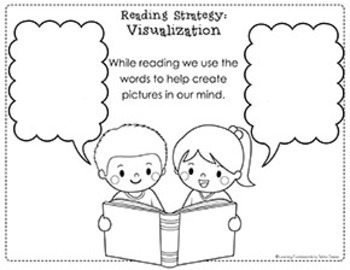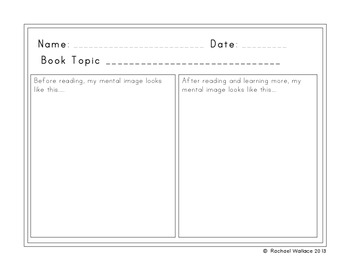
Reading teachers (and subject area teachers) can use questioning to help build children’s vocabulary. Asking questions after reading the text can stimulate critical analysis and further research on the topic. It creates a dialogue in the child’s mind as he reads. Questioning during reading can take the form of self-questioning, questioning the text, or questioning the author. Both of these activities engage the child’s interest and increase the likelihood that he will connect with the text and comprehend it. When readers ask questions before they read a text, they are activating prior knowledge and making predictions. How Should You Teach Questioning Techniques in the Classroom?Įffective questioning should be practiced before, during, and after reading. Questioning facilitates this personal connection. Reading with a purpose increases reading comprehension because the reader is making a personal connection with the text. The simple fact that a reader is asking questions as he reads is evidence that the child has a purpose in reading. When readers ask questions as they read, they are not only interacting with the text to make meaning of it, but they are also monitoring their own comprehension of what they are reading. Teaching questioning techniques can make strong readers even more advanced. Questioning as an Active Reading Strategy for Strong ReadersĮven children who are strong readers don’t know instinctively that good readers ask questions as they read.

READING VISUALIZATION WORKSHEETS HOW TO
Teachers who model how to ask questions while reading help children to learn how to build interest with the text and become stronger readers. Struggling readers tend not to ask questions of themselves or the text as they read.

Questioning techniques help the reader to clarify and comprehend what he is reading. Questioning is a strategy that readers use to engage with the text. Questioning Strategies for Reading Questioning as an Active Reading Strategy for Striving Readers

When it comes to visualizing I make sure that students visualize story elements.
READING VISUALIZATION WORKSHEETS MOVIE
Visualize: Use the author's word and your own thoughts and creativity to create a movie in your mind of what is happening in the text.Read Actively: pay careful attention to the words that the author uses in the text to help form pictures in your mind.

By explaining this step by step approach, students will begin to pay close attention to the author's words and use them to create their mental images. Don't! The more time you spend breaking down the how, why, what and when to visualize techniques, the deeper your students will dig into the text's meaning. Since visualization is a reading strategy that many students easily latch on to, it is sometimes easy to glaze over teaching this strategy. My favorite one to use for this activity on Storyline Online is Brave Irene or A Bad Case of the Stripes. Then watch the story together, stopping and discussing how their illustrations match the movie. Don't let them see it until after they have all 8 illustrations done. Try this:Want to mix up this activity? Instead of reading aloud a picture book and stopping to have students create their illustrations, have the students listen to a book from Storyline Online. While there are so many amazing picture books to use for this activity my three favorites are:


 0 kommentar(er)
0 kommentar(er)
